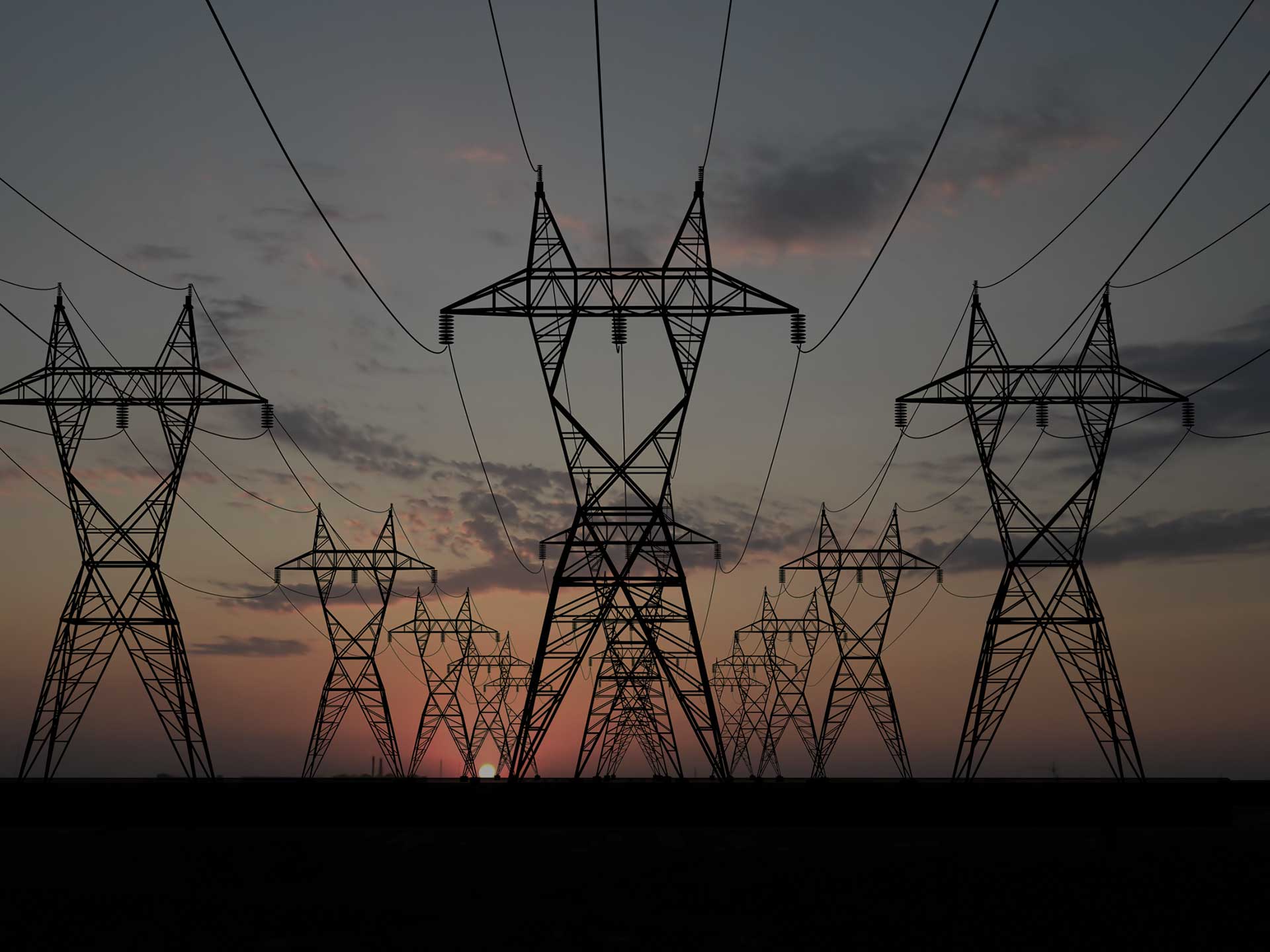Summary
This project will investigate the impact and management of harmonic distortion at large renewable energy farms.
Key results
Existing practices for managing harmonic distortion (e.g. determining harmonic emission limits) in electricity networks are inefficient, particularly in the context of increasing renewables. This can slow down the connection of assets into the network and potentially increase investment requirements. This study has found that diversity exists for all harmonic orders between the harmonic emissions of identical inverters, challenging the conservative approach of summating emissions. This study indicates that an approach which is network focussed, opposed to plant focussed, will be better able to deter areas where harmonic distortion levels are problematic and also provide more efficient and targeted mitigation.
Learn more
Need
Electricity network operators are obliged under the National Electricity Rules to manage harmonic distortion levels on electricity networks. This is achieved by allocating ‘emission limits’ to those seeking to connect to networks including renewable energy Independent Power Producers (IPPs). Methodologies for emission allocation are complex, require large amounts of data, and may not be fit-for-purpose or technically robust. The difficulties in applying, and the uncertainties associated with, the use of present methodologies are creating significant and meaningful barriers to the uptake of renewable energy resources.
Action
The project will thoroughly investigate all aspects of the present methods of managing harmonic distortion with emphasis on their application to large renewable energy resources. The project will also examine aspects related to management of harmonic distortion including:
- how harmonic distortion from multiple sources should be aggregated
- what the impact of many renewable energy IPPs is likely to be on harmonic distortion levels
- preliminary investigations into methods which can be used to verify compliance with harmonic emission allocations
Outcome
The main output of the project will be a report that provides a clear framework for managing harmonic distortion in a rapidly changing electricity supply network with increasing penetrations of large renewable energy resources. This report will:
- develop a framework for interpreting the National Electricity Rules in relation to harmonic emissions allocation
- develop a technically robust methodology for allocating harmonic emissions that is less labour intensive than present methods
- identify suitable aggregation methods for summation of harmonic current emissions from large-scale renewable generation assets
- investigate the impact of high renewable energy resource penetration on harmonic distortion levels.
Additional impact
The outcomes of the project are expected to form the basis of a submission to the relevant regulatory or standardisation body (e.g. Standards Australia and/or, Australian Energy Market Commission), which aims to outline a superior method of managing harmonic distortion.





